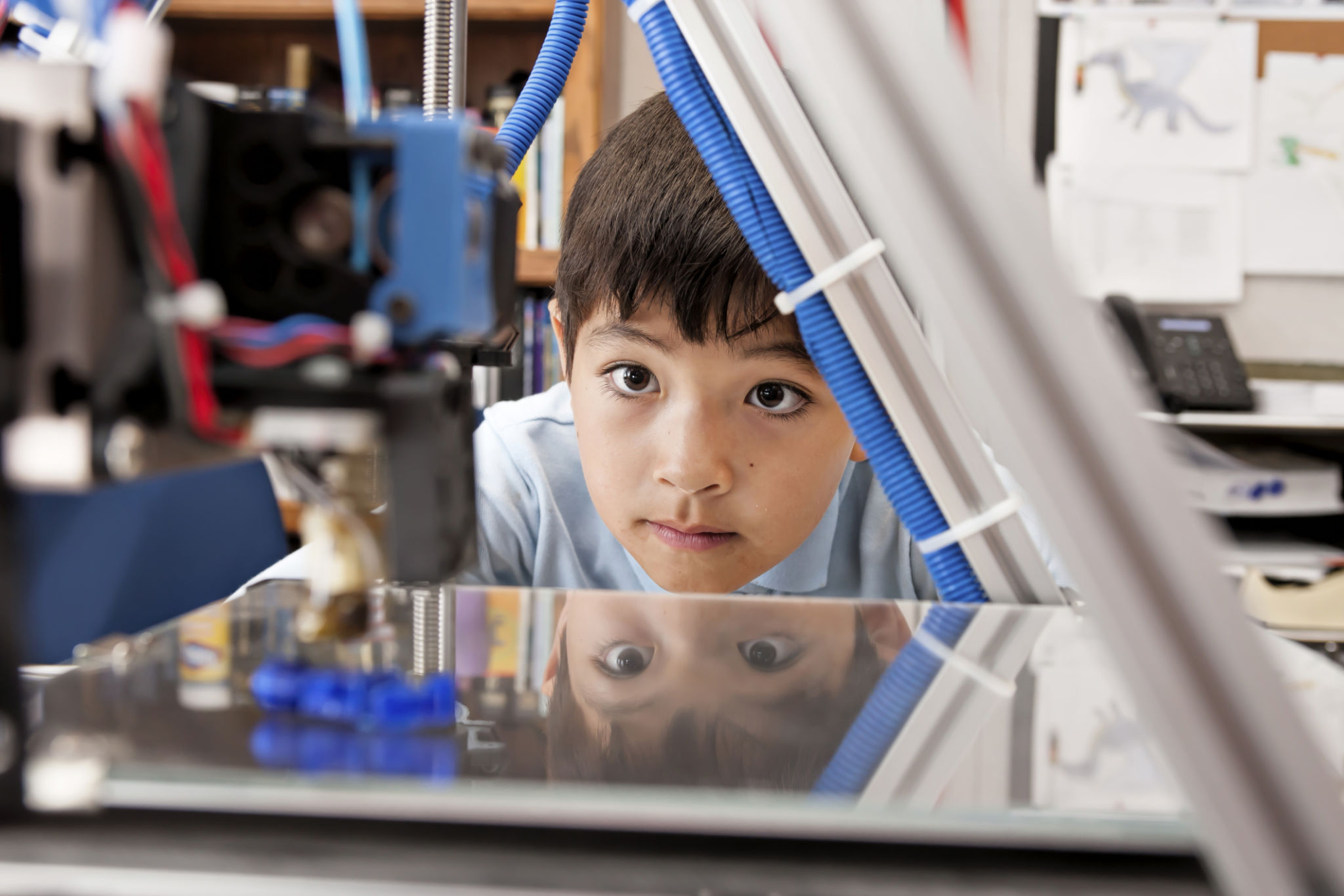How to Choose the Right 3D Printing Solutions for Educational Purposes
Understanding the Importance of 3D Printing in Education
In recent years, 3D printing has emerged as a powerful tool in educational settings, offering students hands-on learning experiences and fostering creativity. From engineering and architecture to art and biology, the applications of 3D printing in education are vast and varied. Selecting the right 3D printing solutions can significantly enhance the learning experience, providing students with the skills required for the future.
Before diving into the selection process, it's crucial to understand how 3D printing can benefit educational purposes. It promotes problem-solving skills, encourages innovation, and provides a tangible way to visualize complex concepts. By integrating 3D printing into the curriculum, educators can offer students a unique and engaging learning journey.

Assessing Educational Needs and Goals
The first step in choosing the right 3D printing solution is assessing your educational objectives. Consider what you aim to achieve with 3D printing. Are you looking to enhance STEM education, support artistic endeavors, or introduce students to modern manufacturing techniques? By identifying your goals, you can tailor your choice of technology to meet specific educational needs.
It's also important to evaluate the age group and skill level of your students. Some 3D printing solutions are more suited for beginners and younger learners, while others are designed for advanced students who require more sophisticated features.
Evaluating Technical Specifications
Once your educational goals are clear, it's time to dive into technical specifications. Key factors to consider include:
- Print Volume: The size of objects you wish to create will determine the print volume required.
- Material Compatibility: Different printers support various materials such as PLA, ABS, or resin. Choose based on your educational projects.
- Resolution: Higher resolution printers produce more detailed prints, essential for intricate projects.

Considering Ease of Use and Support
The usability of the 3D printer is a critical aspect, especially in educational settings where time and resources may be limited. Look for printers that are user-friendly, with intuitive interfaces that make it easy for both teachers and students to operate. Additionally, robust customer support and access to resources such as tutorials and forums can greatly assist in troubleshooting and maximizing the use of your 3D printer.
Some 3D printers come with educational programs or lesson plans, which can be extremely beneficial in integrating the technology into your curriculum seamlessly.
Budgeting for Your 3D Printing Solution
The cost of 3D printing solutions can vary widely. Establishing a budget is essential to ensure you select a printer that meets your needs without overspending. Remember to factor in not only the initial purchase price but also ongoing costs such as maintenance, materials, and software updates.

Many manufacturers offer educational discounts or packages that include multiple printers or additional materials and tools. Exploring these options can provide significant savings while equipping your educational environment with the necessary resources.
Exploring Reviews and Feedback
Finally, before making a decision, explore reviews and feedback from other educators who have integrated 3D printing into their classrooms. These insights can provide valuable information on the performance and reliability of different models, helping you make an informed choice.
Online forums, educational conferences, and workshops are also excellent places to gather firsthand experiences and recommendations from peers. This network can be instrumental in identifying potential challenges and solutions others have encountered.
By following these steps, you can select a 3D printing solution that not only aligns with your educational goals but also enriches the learning experiences of students across various disciplines.
